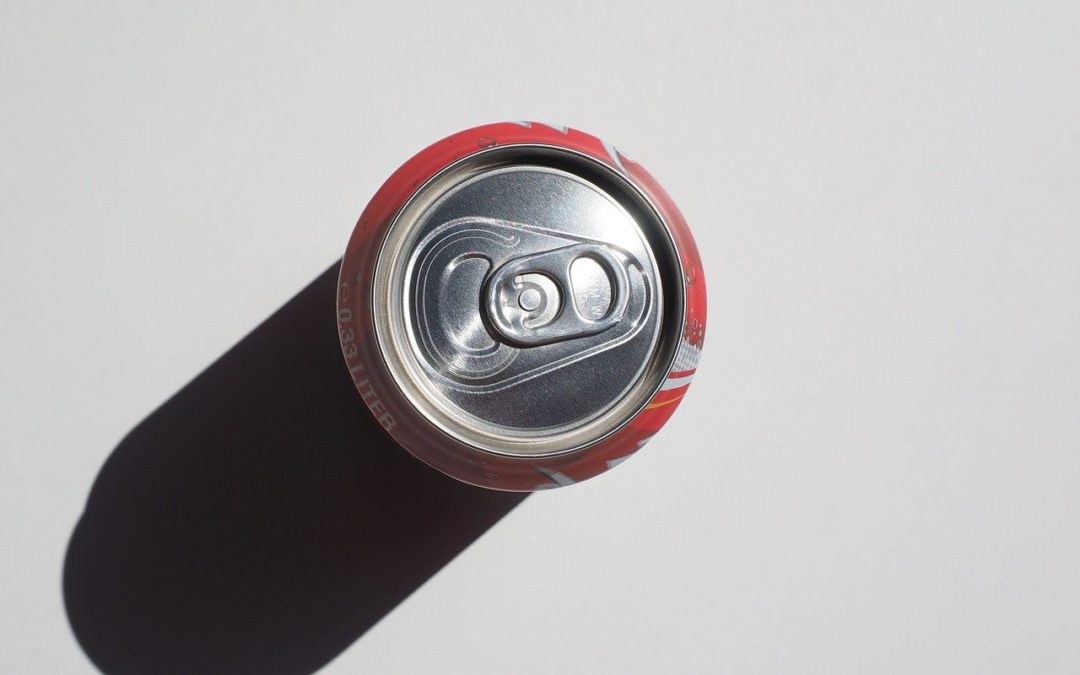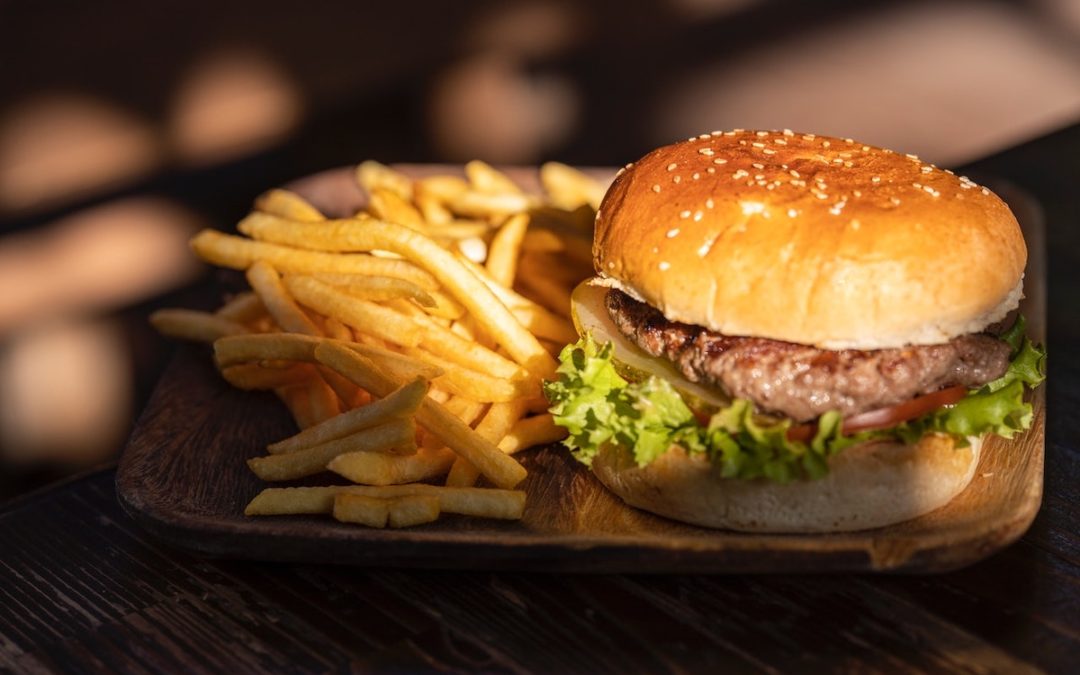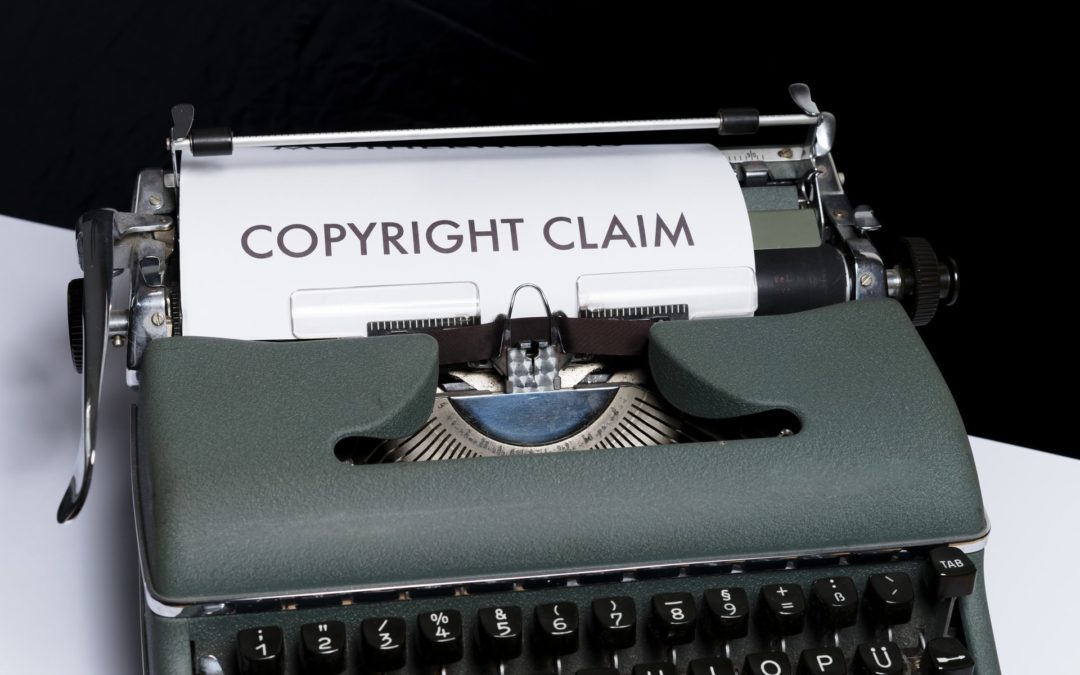
Apr 4, 2022 | Business Law, Intellectual Property
Registering a trademark confers far more benefits than registering a business name, company name or domain name. Marketing is an important business tool, and a registered trade mark is crucial in allowing you to protect any value or credibility which you have built on your brand.
What is a trade mark?
A trade mark identifies a product or service, distinguishing it from the goods or services of other entities. A registered trade mark protects any branding element within a business including letters, numbers, words, phrases, sounds, smells, shapes, logos, pictures and aspects of packaging. Registration alone of a business name, company name or domain name does not offer that level of protection.
Registering a trade mark allows the owner of the trade mark to commence legal action to stop others using it. Trade marks can be used to help build market position and stop others from imitating your brand. The registration of a trade mark is effective for 10 years and can be renewed for further 10 year periods thereafter.
Registration of a trade mark covers the entire Commonwealth of Australia. For worldwide protection, an application can be filed with each country in which the trade mark will be used, or a single international application can be filed through IP Australia nominating the countries in which protection is required.
Applying for a trade mark
Trade marks are registered in specific classes relevant to the description of the goods or services for which the mark will protect. The application for registration must nominate one or more classes of goods or services for which the mark is intended to be used and associated. If the mark applies to more than one class, the wider the protection that mark has once the trade mark is registered.
Before making an application to register your trade mark, the following should be considered:
- Identify the relevant class of goods or services for which the mark will apply. Schedule 1 of the Trade Marks Regulations 1995 prescribes the available classes and describes the types of goods of services specific to each class. A search should be carried out before applying to register a trade mark to check that a similar trade mark is not already registered in that class. An application to register your trade mark will be rejected if there is an identical or similar trade mark already registered which covers similar goods or services.
- Only minor changes can be made to a trade mark once an application has been filed and published.
- A trade mark registration is for the goods and services you actually trade in or intend to trade in in the near future. Once an application is filed and registered, goods and services cannot be added. Therefore, you should clearly define the marketplace you trade in to ensure the best possible protection.
- Your trade mark must be something that is capable of distinguishing your goods and services. Exclusive rights are difficult to register over everyday language, names and descriptions of products and services
Once you are happy with your trade mark, you can apply to register it through the IP Australia website. You can also request an assessment of the likelihood of your trade mark achieving registration through TM Headstart.
The cost of applying for a trade mark will vary depending on the scope of the application. Generally, the minimum cost to apply is $120 for each class of goods and services. In Australia there are 45 different classes of goods and services and each additional class costs an extra $300.
The application process
Once your trade mark is accepted, it will be advertised in the Australian Official Journal of Trade Marks and the application is open to opposition for a period of 3 months (which can be extended by an opponent for a further 3 month period where there has been an error or omission).
If your application is not challenged, your trade mark will be registered once the registration fee is paid (payment must be made within 6 months from the date acceptance is advertised or your application will lapse).The registration of a trade mark in Australia takes at least 7 months after an application is filed.
Seek legal advice
When applying for an Australian trade mark it is important to ensure your trade mark description and classes accurately reflect the goods or services for which you intend to use your trade mark. By investing in protecting your brand today, you can avoid the costly and uncertain exercise of preventing unauthorised use of your unregistered trade mark in the future. We are experienced in intellectual property matters and can work with you to ensure your trade mark is registered in the appropriate class or classes, and to respond to any opposition to the proposed registration. We are also able to assist with trade mark and copyright disputes.
If you or someone you know wants more information or needs help or advice regarding trade marks, please contact us on (02) 9963 9800 or via our contact form.

Mar 26, 2022 | Intellectual Property
Trade marks on the Grill
The famous Australian burger chain known as Grill’d released a contentious advertising campaign to promote its healthy fried chicken (“HFC”) burger range. This case highlights the way in which slogans derivative of a competitor can be legally used.
Grill’d used their ad to attack the quality of KFC’s burgers, highlighting the additives and preservatives secretly used in KFC burgers. Grill’d publicly revealed their recipe to demonstrate that the HFC range uses gluten-free, ‘healthy’ fried chicken made without any artificial colours, flavours or preservatives. The advertisement campaign aimed to encourage other food brands to be held accountable for the ingredients used within their food by shaming KFC for their ‘secret recipes’.
Grill’d came under scrutiny by making a parody of the well-known “Did…someone say KFC?” ads, with the almost identical “Did…someone say MSG?” slogan. This is not the first time fast food competitors have commenced litigation relating to trade marks. McDonalds initiated proceedings against Hungry Jacks in August last year over the purported deceptive similarities between their ‘Big Mac’ and Hungry Jacks’ ‘Big Jack’. In response, Hungry Jacks also released a series of television advertisements with slogans such as “They reckon Aussie’s are confusing the Big Jack with some American burger… but the Big Jack is clearly bigger”. The recent emergence of these disputes is a timely reminder of the importance of registering trade marks when operating a business.
Phrases as trade marks
A trade mark can be any word, phrase, logo or other feature which distinguishes your goods and services from that of other traders. Registering that trade mark gives the owner exclusive rights to use, sell and license their trade mark, protecting them in the event that someone else infringes on their intellectual property. There are also other benefits of registering a trade mark including increasing brand awareness and exclusivity.
The trade mark must be something that is distinguishable from other goods or services, as exclusive rights to everyday language, names or descriptions are difficult to register. For a trade mark to be registered, it must be sufficiently distinctive from existing trade marks so that it does not exhibit deceptive similarity. It also must be more than merely descriptive, as held in a recent craft beer trade mark dispute. A trade mark must be considered in its entirety.
In Grill’d’s case, the verdict is still out on whether it will fall short of the deceptive similarity limb should KFC choose to sue. Grill’d will likely be unable to find any refuge in the slogan being merely descriptive, as it does not just describe their product – instead, it highlights KFC’s ingredients.
How Etheringtons Solicitors can help you with your trade marks
A solicitor at Etheringtons Solicitors can provide clarification of the relevant law and its relation to your individual circumstances. Furthermore, Etheringtons Solicitors can assist in applying trade mark law for a slogan for your business, or in the event that someone copies it with an intent to deceive a consumer.
If you need further advice or assistance with intellectual property law matters, please contact one of our experienced solicitors on (02) 9963 9800 or via our contact form here.

Mar 10, 2022 | Intellectual Property
Intellectual property refers to the intangible assets which constitute proprietary knowledge in the form of patents, trade marks, designs, confidential information and more. Intellectual property is a valuable asset in this digital age, bearing numerous exclusive rights which are protected from infringement by various federal laws such as the Trade Marks Act 1995 (Cth) and Copyright Act 1968 (Cth). This article focuses on examining the numerous defences to copyright infringement, in particular, when the use of a work is a fair dealing, or for the purpose of parody or satire.
Copyright Infringement
Copyright describes the collection of exclusive rights that vest in the owner of certain creative works of intellectual property. The specific exclusive rights granted by copyright depend on the particular creative work, but generally include the rights to reproduce, publish, communicate or make other various uses of the material as well as non- transferable moral rights attributed to the author. The owner of the copyright, and therefore the bearer of these exclusive rights, is usually the person who created the work, but there are some exceptions to this.
Copyright infringement under the Copyright Act 1968 (Cth) occurs when a person, directly or indirectly, does something with the copyrighted work which constitutes an action that is usually protected exclusively for the copyright owner, without the owner’s permission or a relevant defence. The duration of protection granted to copyright depends on the creative work, but is generally 70 years from the date of publication or is the life of the creator plus 70 years. For infringement to occur, the person needs to have used a “substantial part” of the work during the period where the work is protected by copyright, meaning a qualitatively important or essential part of it, but not necessarily the whole work itself.
Fair Dealing Defences – including Parody and Satire
A defence to copyright infringement arises when the use is a fair dealing, for the purposes of:
- Research and study,
- Providing access by a person with a disability,
- Criticism and review,
- Parody and satire,
- Reporting the news, and
- Judicial proceedings or legal advice.
Of particular relevance to this article is the defence of fair dealing of a literary, dramatic, musical or artistic work for the purpose of parody and satire, which can only be relied on if this is the legitimate purpose of the author. As such, this defence requires some express or implied commentary on the copyrighted material. The fairness of the dealing is determined objectively in relation to the relevant purpose, as judged by a fair minded and honest person. Relevant factors for determining if a dealing for this purpose is fair include:
- How much of the copyrighted material was used,
- The context in which the parody or satire was used,
- The necessity of the copyright material’s use in the work, and
- Whether there was a significant adverse effect on the original work or artist.
Case Study: AGL Energy Ltd v Greenpeace Australia Pacific Ltd [2021] FCA 625
This recent case brought attention to the fair dealing defence for copyright infringement for the purpose of parody and satire. Greenpeace launched an advertising campaign about AGL’s environmental practices, using their trademarked AGL logo, modifying the AGL acronym to stand for “Australia’s Greatest Liability” and including
taglines such as “Still Australia’s Biggest Climate Polluter” and “Generating Pollution for Generations”. AGL argued that its copyrighted company logo was infringed by the substantial reproduction of it in the Greenpeace advertisements. Greenpeace relied on the statutory defence of it being a fair dealing with the purpose of parody and satire.
The Federal Court held that Greenpeace had not infringed AGL’s intellectual property through the use of the AGL’s corporate logo. The satirical purpose of the logo in conjunction with the disadvantageous messages was held as likely to be immediately perceived as coming from Greenpeace, particularly with the inclusion of “Presented by Greenpeace” on the advertisements. Therefore, the court held that Greenpeace had not infringed AGL’s copyright as they did not use the logo “as a trade mark” in the course of trade with any Greenpeace goods or services.
How Etheringtons Solicitors can help
A solicitor at Etheringtons Solicitors can provide clarification of the relevant law in relation to your individual circumstances. If you need further advice or assistance with copyright infringement or intellectual property matters, please contact one of our experienced solicitors on (02) 9963 9800 or via our contact form.

Jan 10, 2022 | Intellectual Property
Intellectual property (IP) is the ownership of ideas, designs, names or logos. IP can be a valuable business asset, and allows you to take enforcement action for a breach of your rights easily.
In this article we provide an overview of the different types of Intellectual Property and look at the basics for protecting your IP rights.
Trade Marks
A trade mark can be a letter, number, word, phrase, sound, smell, shape, logo, picture, aspect of packaging or a combination of these that distinguishes your goods and/or services from those of other traders. This trade mark can be registered through IP Australia, which gives you exclusive rights to its use.
There is no legal requirement to register a trade mark, however registration establishes your legal rights to use, sell or license the trade mark or to take action against another party and prevent them from using your trade mark without permission.
If you do not register your trade mark, and another business starts using the same name, phrase, logo, or trade mark as you, you will need to pursue a lengthy court process to force them to stop. Such an action can be difficult, expensive and time consuming. Alternatively, if you have a registered trade mark, other businesses are prohibited from using your trade mark under law. All you need to do is prove you own the trade mark.
Copyright
Copyright is a collection of exclusive rights that vest in certain types of creative work, such as written material, art, literature, music, film, broadcasts and computer programs. A single item can contain more than one element that is protected by copyright. A website may have as copyright the text, any images and the computer coding, among other things. Each of these is protected by copyright, and it is important to identify the owner of each of these rights.
The exclusive rights granted by copyright vary depending on the nature of the material. In general they include the exclusive right to copy the material, to publish the material and to make various other uses of it.
In Australia, copyright protection is automatic. You don’t have to apply to register your copyright.
The owner of copyright is usually the person who created the material, although there are some exceptions to this such as where the person is an employee and the material is created as part of their employment, in which case the employer will own the copyright.
It is particularly important when selling a business to ensure that any asset in which copyright subsists is yours to sell.
Patents
Inventions that are new, creative and useful can often be protected through patent registration, which protects others from copying or using your invention design.
It is important to be aware that patents protect only the design of a specific invention – once an invention has been made public it is no longer able to be protected through patent registration.
A patent owner has the exclusive right to use, sell or license the invention. Patents also allow the owner to stop others from manufacturing, using, copying and/or selling the device or process.
There are two types of patent registration available in Australia, innovation patent and standard patent. The process for registering a patent can often be long and complicated and professional advice is recommended.
Trade Secrets & Confidential Information
Any business information that is not known publicly is confidential information. This can include customer lists, business and marketing plans, internal business processes or formulas for products. Business ideas that have not been openly discussed can also be considered confidential information.
There is no registration process for trade secrets or confidential information, and they are normally protected via contracts, agreement and management procedures. In general, the owner has the exclusive right to use, sell or license this information.
Moral Rights
Moral rights are granted to the creator of material in which copyright subsists. Moral rights are the right of attribution of authorship, the right against false attribution of authorship and the right not to have a work subjected to derogatory treatment.
Unlike copyright, moral rights are non-transferrable. They will always vest in the creator. As a result, a person may have moral rights in material but not own the copyright.
Designs
Designs for products can be registered if they are new, distinctive and have not been publicly disclosed.
Some designs can be protected by copyright, however where a three dimensional design is in industrial or commercial use copyright protection no longer applies. In order to be protected, such designs need to be registered.
Other types of Intellectual Property
Plant breeders rights are used to protect new varieties of plants by giving exclusive commercial rights to market a new variety or its reproductive material. Circuit layout rights automatically protect original layout designs for integrated circuits and computer chips.
Exclusive Rights & Duration
Registered IP rights usually provide you with exclusive rights. Each IP right has its own restriction in terms of duration.
- Copyright protection generally lasts for 70 Where duration of protection depends on publication, protection is for 70 years from the date of publication, otherwise it is the life of the author plus 70 years.
- Standard patents last for 20
- Trade marks can remain in force indefinitely provided renewal fees are paid every 10 years.
- Design registration protects the design for an initial period of 5 years and is renewable for up to 10
International Protection
Most IP rights are territorial, meaning they have to be dealt with in each new territory where you intend to trade. For example, a patent, trade mark or design granted in Australia is not automatically granted in other countries.
Copyright is the only IP right that is automatically recognised in the global market. All other forms of IP need to be specifically assessed and approved in each country in which you intend to do business.
Australia is party to a number of international agreements, making it easier to apply for rights such as trademarks, patents and designs in other countries.
Transferability
Intellectual property rights are negotiable and can be used for commercial advantage. They can generally be bought, sold, licensed, given away or made freely and widely accessible.
Conclusion
IP is a valuable business asset. Protecting it should be standard business practice forming part of your overall business plan. Understanding the rights that exist and the methods available for protecting IP is the first step to creating greater value in a business. For more information on protecting your IP rights contact us on (02) 9963 9800 or contact us here.




